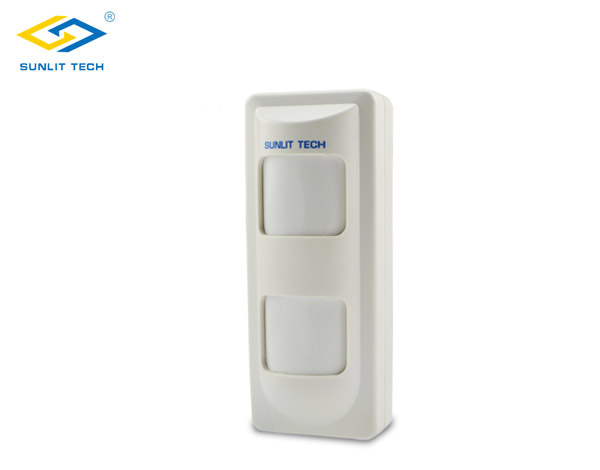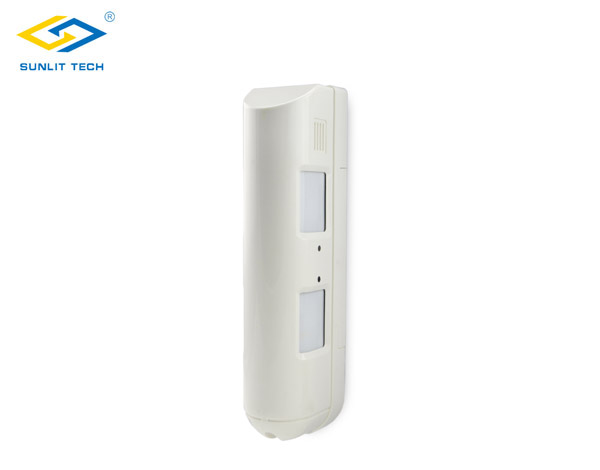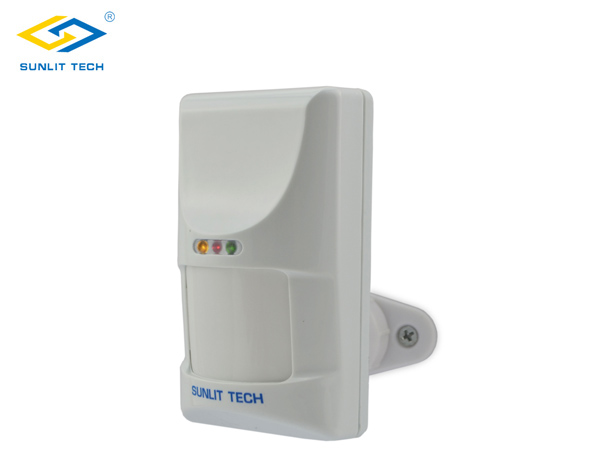How to Improve the Performance of Wired Pet Immunity PIR Detectors?
Wired pet immunity PIR detectors play a crucial role in home and commercial security systems. They not only detect intrusions but also distinguish between human and pet movements, reducing false alarms. However, to maximize their effectiveness, proper installation, calibration, and maintenance are essential. Here are some ways to improve the performance of wired passive infrared pet immune detectors:
1. Choose the Right Installation Location
Importance of Height and Angle: Installing the PIR detector at the correct height is critical. It is usually recommended to install it at a height of 2-2.5 meters. This ensures that the device can cover the main area of the room and effectively monitor potential intruders. Avoid pointing the detector directly at windows or doors, as temperature fluctuations can trigger false alarms.
Avoid High-Temperature and Airflow Areas: Do not install the detector near air conditioners, heaters, or vents. Hot air flow can trigger the sensor, leading to false alarms. Also, avoid areas with direct sunlight, as temperature changes in these spots can interfere with the PIR detector.
Stay Clear of High Pet Activity Zones: Try to avoid installing the detector near areas where pets frequently move, such as near pet beds or cat trees. While the device has pet immunity features, frequent pet movements may still increase the likelihood of false alarms.

2. Adjust Sensitivity Correctly
Set an Appropriate Sensitivity Level: Most wired pet immune motion sensors allow users to adjust the sensitivity based on room size, layout, and the size of the pet. High sensitivity may cause the detector to respond excessively to pet movement, while low sensitivity may result in missing actual intrusions. When adjusting the sensitivity, take into account the pet's weight and size to ensure the device can differentiate between small animals and human motion.

3. Regular Maintenance and Testing
Keep the Device Clean: Dust and cobwebs may interfere with the PIR detector's performance, so it's essential to regularly check and clean the device, especially the lens area. Dirt on the lens can affect the detector’s infrared sensing capability, reducing detection accuracy.
Test the Device Regularly: Periodically testing the detector to ensure it's functioning correctly is important. You can schedule routine simulations to confirm the detector can differentiate between various types of motion and that the false alarm rate remains within acceptable limits. If there is any abnormal response, inspect and adjust the device immediately.
4. Effectively Integrate with Security Systems
Optimize Integration with Other Devices: Wired pet immune motion sensors usually work in conjunction with other security equipment, such as cameras and alarm systems. Ensuring smooth signal transmission and interaction between the PIR detector and other devices can enhance the overall efficiency of the system. For example, when the PIR detector is triggered, it can automatically activate a camera in the corresponding area to record or alert the user for further verification.
5. Update Firmware and Software
Keep the System Up-to-Date: The firmware of wired PIR detectors and the associated security software may be updated periodically to fix bugs or improve performance. Regularly check for and install firmware and software updates to keep the device running in optimal condition.

6. Adjust System Settings as Needed
Adapt to Environmental Changes: Changes in the environment can affect the performance of the PIR detector. For example, rearranging furniture or changing curtains may impact the device's monitoring range. Therefore, after any changes in room layout, it is best to retest and adjust the detector accordingly to ensure its coverage and sensitivity align with the actual environment.
By ensuring proper installation, calibration, and maintenance, wired pet immunity PIR detectors can perform at their best, effectively detecting intruders while minimizing false alarms. Regular testing and adjustment will help ensure long-term high performance, providing reliable security for homes or businesses
wired pet immunity PIR detectors Wired pet immune motion sensors Wired passive infrared pet immune detectors Wired pet-resistant motion detectors
 简体中文
简体中文
